Growing Cucumber Plants: Your Guide to a Bountiful Harvest
Growing cucumber plants might seem daunting at first, but I promise you, it’s far more achievable than you think! This article is your passport to a world of juicy, delicious homegrown cucumbers, bursting with flavor far superior to anything you’ll find in the supermarket. Forget those sad, watery cucumbers; we’re talking about plump, perfectly-formed fruits that will make your salads sing and your summer snacks unforgettable.
For centuries, cucumbers have held a special place in human history, appearing in ancient Egyptian art and featuring prominently in culinary traditions across the globe. From the refreshing coolness of a cucumber salad on a hot day to the satisfying crunch of pickles, these versatile plants have provided nourishment and delight for generations. And now, you can experience the joy of growing cucumber plants yourself!
Why Grow Your Own Cucumbers?
There are so many reasons to embark on this rewarding journey! Firstly, homegrown cucumbers taste incredible. The flavor is intensely fresh and vibrant, a stark contrast to the often bland supermarket varieties. Secondly, growing cucumber plants allows you to control the growing process, ensuring your cucumbers are free from pesticides and other harmful chemicals. This is especially important for those with sensitivities or families with young children. Finally, there’s an immense satisfaction in nurturing a plant from seed to harvest, watching it thrive under your care, and ultimately enjoying the fruits (or should I say, vegetables!) of your labor.
So, whether you’re a seasoned gardener or a complete beginner, get ready to discover the secrets to successfully growing cucumber plants. Let’s dive in and unlock the potential of your own backyard oasis!
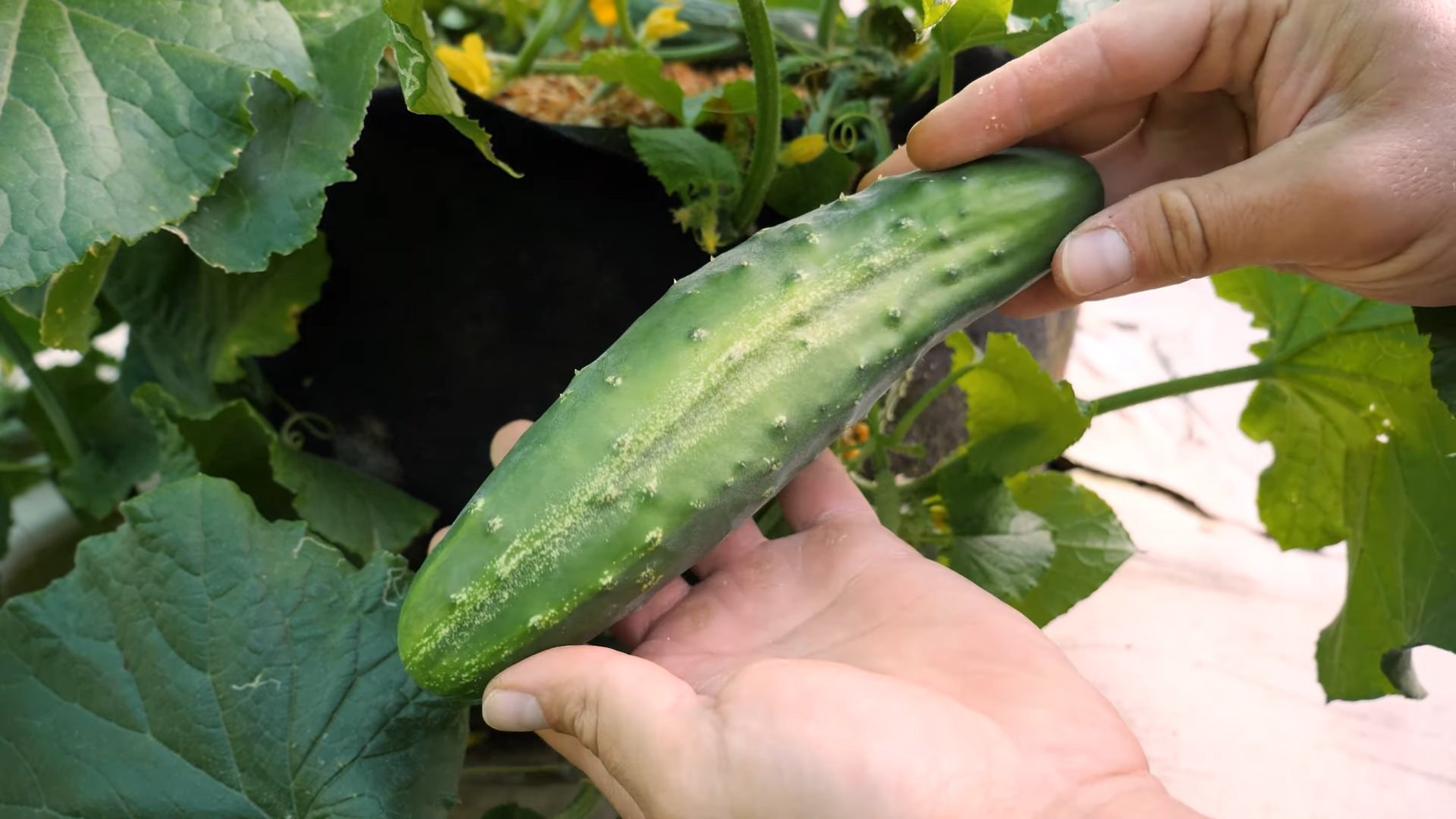
My Epic Cucumber Growing Adventure: A DIY Guide
I’ve always loved the taste of fresh, homegrown cucumbers, and this year, I decided to take on the challenge of growing my own. It wasn’t as daunting as I initially thought, and I’m here to share my journey with you, complete with tips and tricks I learned along the way. Let’s get started!
Phase 1: Planning and Preparation
- Choose your cucumber variety: Research different cucumber varieties to find one that suits your climate and growing conditions. I opted for a bush cucumber variety because it takes up less space than vining varieties. Consider factors like disease resistance and the taste you prefer (e.g., pickling cucumbers, slicing cucumbers).
- Select a suitable location: Cucumbers need at least six hours of sunlight per day. Choose a sunny spot in your garden with well-drained soil. Avoid areas that are prone to strong winds.
- Prepare the soil: Cucumbers thrive in fertile, well-drained soil. Amend your soil with compost or other organic matter to improve its texture and nutrient content. A soil test can help you determine if you need to add any specific nutrients.
- Gather your supplies: You’ll need seeds or seedlings, gardening gloves, a trowel or spade, watering can, and possibly some support structures (depending on the variety you choose). I also recommend having some neem oil on hand for pest control.
Phase 2: Sowing Seeds or Planting Seedlings
- Starting from seeds (indoors): If starting from seeds indoors, sow them about 6-8 weeks before the last expected frost. Use seed starting mix and plant seeds about ½ inch deep and 1 inch apart. Keep the soil moist but not soggy. Once seedlings have a few true leaves, you can transplant them outdoors.
- Starting from seedlings (outdoors): If buying seedlings, choose healthy plants with vibrant green leaves and no signs of disease. Gently remove them from their containers, being careful not to damage the roots.
- Planting: Dig holes slightly larger than the root ball of your seedlings or spaced appropriately for seeds. Space plants according to the instructions on the seed packet or plant tag (usually 18-24 inches apart for bush cucumbers). Gently place the seedlings or seeds in the holes, cover with soil, and water thoroughly.
- Watering: Water deeply and regularly, especially during dry periods. Consistent moisture is crucial for healthy cucumber growth. Avoid overhead watering, as this can lead to fungal diseases. Water at the base of the plants.
Phase 3: Ongoing Care and Maintenance
- Watering: Maintain consistent moisture. Check the soil regularly and water when the top inch feels dry. Deep watering encourages deeper root growth.
- Fertilizing: Feed your cucumber plants every 2-3 weeks with a balanced fertilizer. Follow the instructions on the fertilizer package for the correct application rate. Over-fertilizing can harm your plants.
- Pest and disease control: Regularly inspect your plants for pests such as aphids, spider mites, or cucumber beetles. Use neem oil or insecticidal soap to control pests organically. Good air circulation can help prevent fungal diseases. Remove any diseased leaves or plants immediately.
- Support structures (if needed): Vining cucumber varieties require support structures like trellises or stakes to climb. Secure the vines gently to the support to prevent them from breaking.
- Pollination: Cucumbers are typically pollinated by bees. If you notice a lack of pollination, you can hand-pollinate by gently transferring pollen from the male flowers (smaller flowers without a developing fruit) to the female flowers (flowers with a small cucumber already forming at the base).
Phase 4: Harvesting and Enjoying Your Cucumbers
- Harvesting: Harvest cucumbers when they are young and tender. The size will depend on the variety you’ve chosen. Generally, slicing cucumbers are harvested when they are about 6-8 inches long, while pickling cucumbers are harvested when they are smaller, about 2-3 inches long. Harvest regularly to encourage continued production.
- Storage: Store harvested cucumbers in the refrigerator to maintain their freshness. They will typically last for a week or two.
- Enjoying your harvest: Enjoy your homegrown cucumbers in salads, sandwiches, or as a refreshing snack! The taste of fresh, homegrown cucumbers is truly unbeatable.
Troubleshooting Common Problems
Yellowing Leaves:
Yellowing leaves can indicate several issues, including nutrient deficiencies, overwatering, or underwatering. Check your watering practices and consider a soil test to determine if you need to add any nutrients.
Blossom-End Rot:
Blossom-end rot is a common problem characterized by a dark, leathery spot at the blossom end of the cucumber. It’s often caused by inconsistent watering. Ensure consistent moisture by watering deeply and regularly.
Powdery Mildew:
Powdery mildew is a fungal disease that appears as a white powdery coating on the leaves. Good air circulation and avoiding overhead watering can help prevent it. If you see powdery mildew, you may need to use a fungicide.
Remember:
Patience is key! Growing cucumbers takes time and effort, but the reward of fresh, homegrown cucumbers is well worth it. Don’t be discouraged if you encounter some challenges along the way. Learn from your mistakes, and keep experimenting until you find what works best for you and your garden.
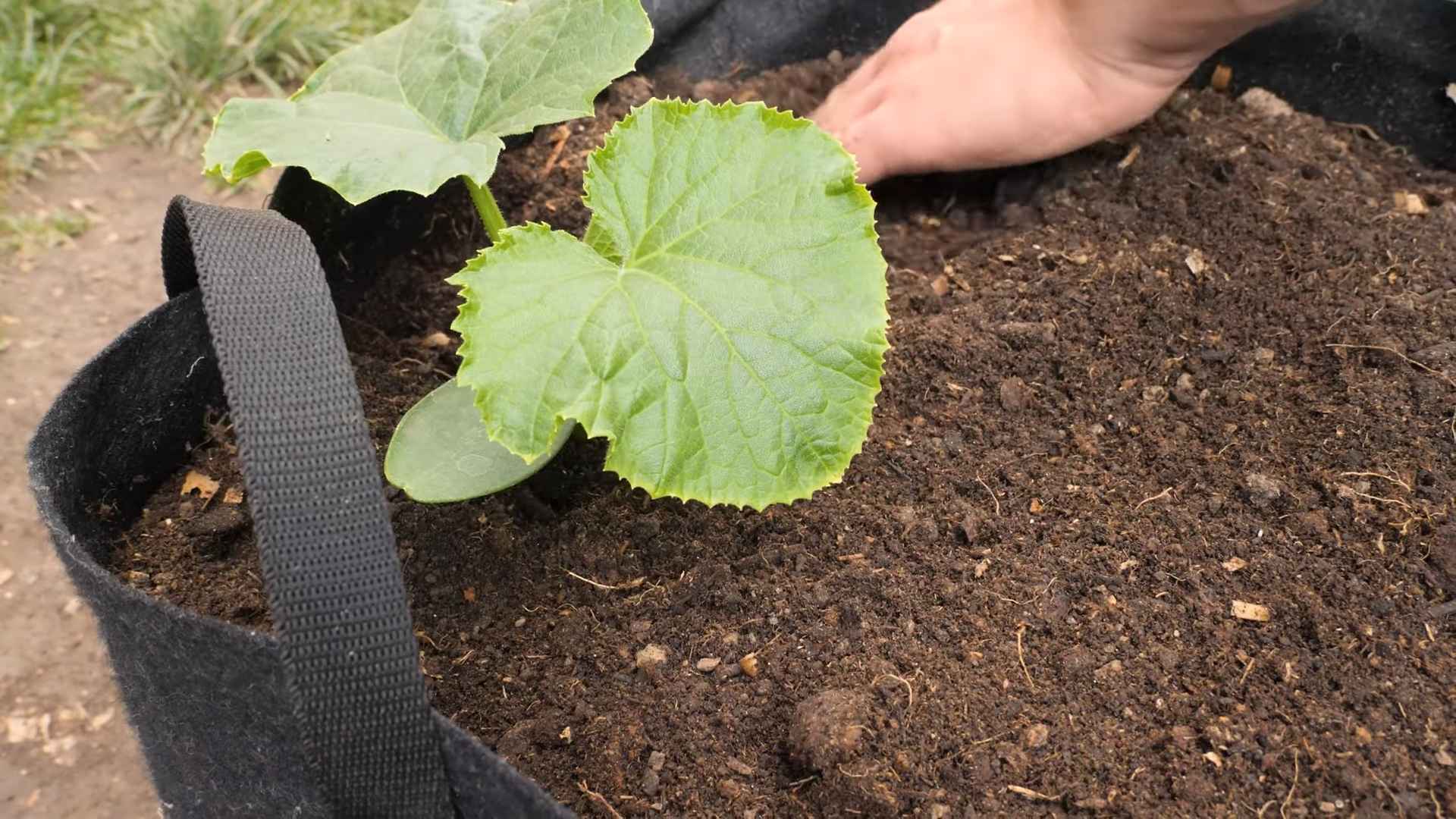
Conclusion
So there you have it! A comprehensive guide to successfully growing your own cucumbers using simple, effective DIY techniques. This method isn’t just about saving money; it’s about experiencing the unparalleled satisfaction of nurturing a plant from seed to harvest, resulting in the freshest, most flavorful cucumbers you’ve ever tasted. The DIY approach to growing cucumber plants offers a rewarding journey, connecting you directly with nature’s bounty. You’ll be amazed by the vibrant green vines, the prolific fruit set, and the sheer joy of picking your own homegrown cucumbers. This isn’t just a gardening project; it’s a journey of discovery, a testament to the power of simple, effective techniques, and a delicious reward for your efforts. Beyond the immediate gratification of fresh cucumbers, you’ll also be contributing to a more sustainable lifestyle, reducing your carbon footprint, and fostering a deeper appreciation for the natural world. This DIY method empowers you to take control of your food source, ensuring quality and freshness, and allowing you to experiment with different varieties and growing techniques.
Beyond the basic method outlined, there are numerous avenues for customization and experimentation. Consider trying different cucumber varieties – from the classic English cucumbers to the smaller, pickling varieties. Experiment with vertical gardening techniques, using trellises or hanging baskets to maximize space and yield. You can also explore companion planting, incorporating herbs like basil or dill to deter pests and enhance the flavor of your cucumbers. For those with limited space, consider growing cucumbers in containers on balconies or patios. The possibilities are truly endless! Remember to adapt the techniques to your specific climate and growing conditions. Observe your plants closely, paying attention to their needs, and adjust your watering and fertilizing schedules accordingly. The key is to remain flexible and adaptable, embracing the learning process as you nurture your cucumber plants to maturity. Don’t be afraid to experiment and find what works best for you and your garden.
We strongly encourage you to embark on this rewarding journey of growing your own cucumbers. Share your experiences, your successes, and even your challenges with us and other gardening enthusiasts. Post pictures of your thriving cucumber plants on social media, using the hashtag #DIYCucumberGrowing. Let’s build a community of home gardeners, sharing tips, tricks, and the joy of harvesting homegrown produce. Your feedback is invaluable, helping us refine and improve this guide and inspire others to embrace the simple pleasures of DIY gardening. The world of homegrown cucumbers awaits – dive in and enjoy the harvest!
Frequently Asked Questions
What type of soil is best for growing cucumbers?
Cucumbers thrive in well-drained, fertile soil with a slightly acidic pH level (around 6.0-6.8). Amend heavy clay soils with compost or other organic matter to improve drainage and aeration. Sandy soils may benefit from the addition of peat moss or other organic materials to retain moisture. A soil test can help determine the precise nutrient levels and pH of your soil, allowing you to make necessary adjustments before planting. Remember, good soil is the foundation for healthy cucumber plants.
How often should I water my cucumber plants?
Consistent moisture is crucial for healthy cucumber growth. Water deeply and regularly, especially during dry periods. Aim to keep the soil consistently moist but not waterlogged. Overwatering can lead to root rot, while underwatering can stress the plants and reduce yields. The frequency of watering will depend on factors such as climate, soil type, and the size of your plants. Observe the soil moisture level regularly and adjust your watering schedule accordingly. Mulching around the plants can help retain soil moisture and reduce the frequency of watering.
What are some common pests and diseases that affect cucumber plants?
Cucumber plants can be susceptible to various pests and diseases. Common pests include aphids, spider mites, and cucumber beetles. These pests can be controlled using organic methods such as insecticidal soap or neem oil. Common diseases include powdery mildew and downy mildew. Good air circulation and proper spacing between plants can help prevent these diseases. Rotating crops annually can also help reduce the risk of disease buildup in the soil. Early detection and prompt treatment are crucial for managing pests and diseases effectively.
When is the best time to harvest cucumbers?
The optimal time to harvest cucumbers depends on the variety and your preference. Generally, cucumbers are ready for harvest when they are firm, smooth-skinned, and have reached their desired size. Pickling cucumbers are typically harvested when they are small and immature, while slicing cucumbers are usually harvested when they are larger and fully developed. Harvesting regularly encourages continued production. Don’t let cucumbers overripen on the vine, as this can affect their flavor and quality. Regular harvesting ensures a continuous supply of fresh, flavorful cucumbers throughout the growing season.
Can I grow cucumbers in containers?
Absolutely! Container gardening is a great option for growing cucumbers, especially for those with limited space. Choose large containers (at least 10 gallons) with adequate drainage holes. Use a well-draining potting mix and ensure the containers receive ample sunlight. Consider using a trellis or other support system to help the vines climb and maximize space. Regular watering and fertilization are essential for container-grown cucumbers. Container gardening offers flexibility and allows you to grow cucumbers even on balconies or patios. Remember to choose compact cucumber varieties that are well-suited for container growing.

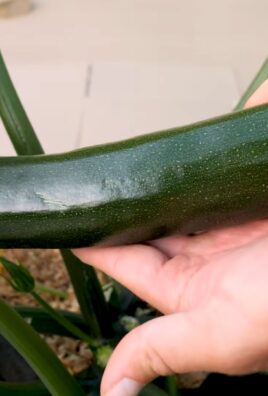
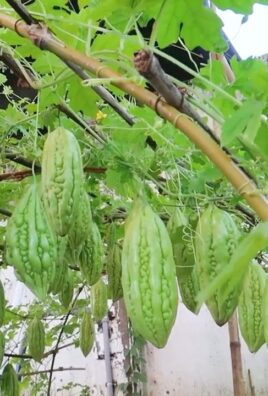
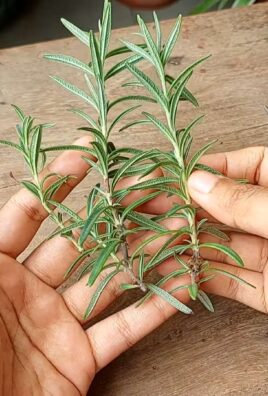
Leave a Comment